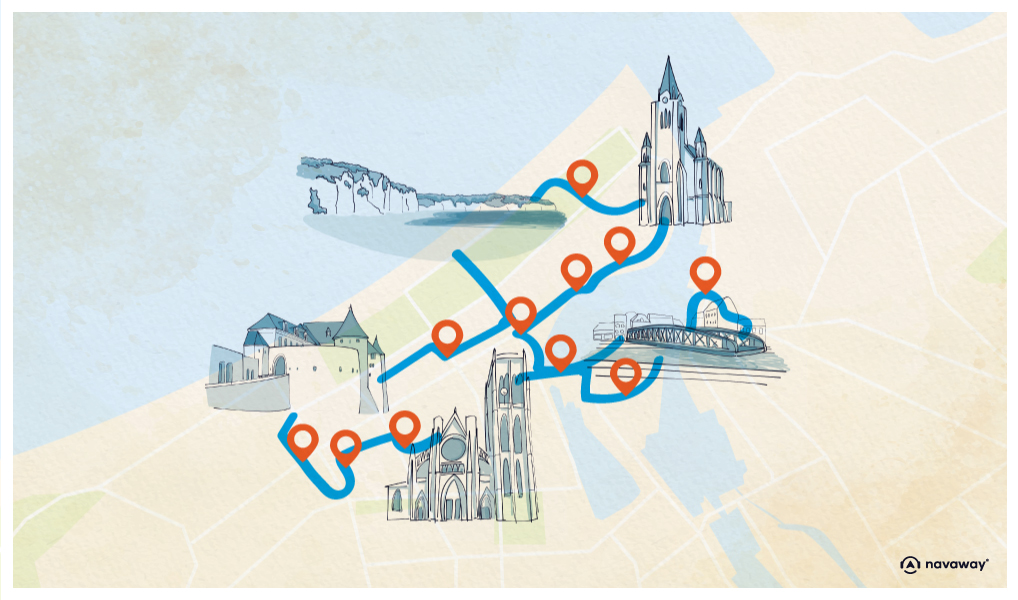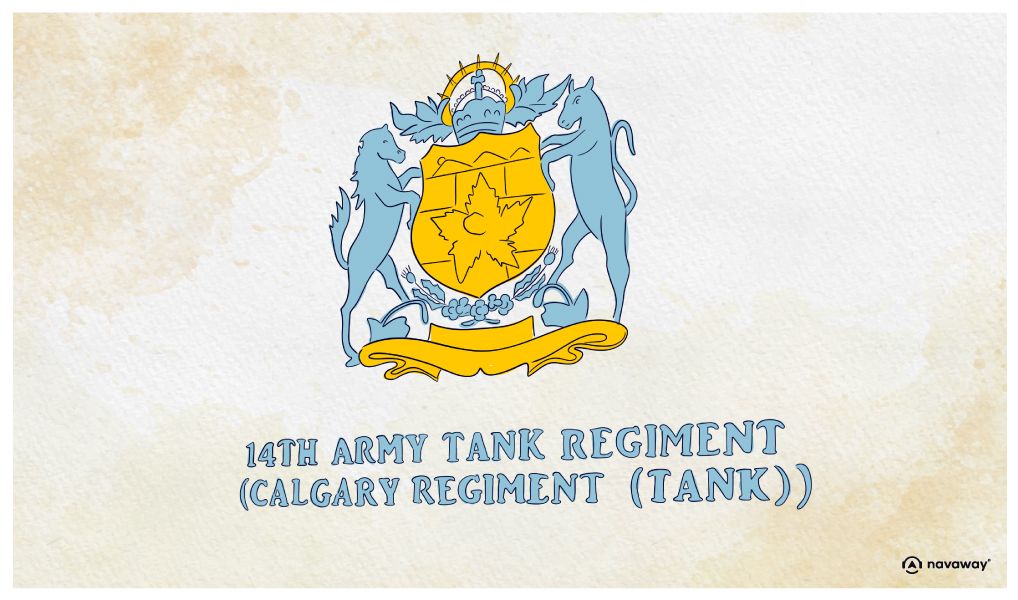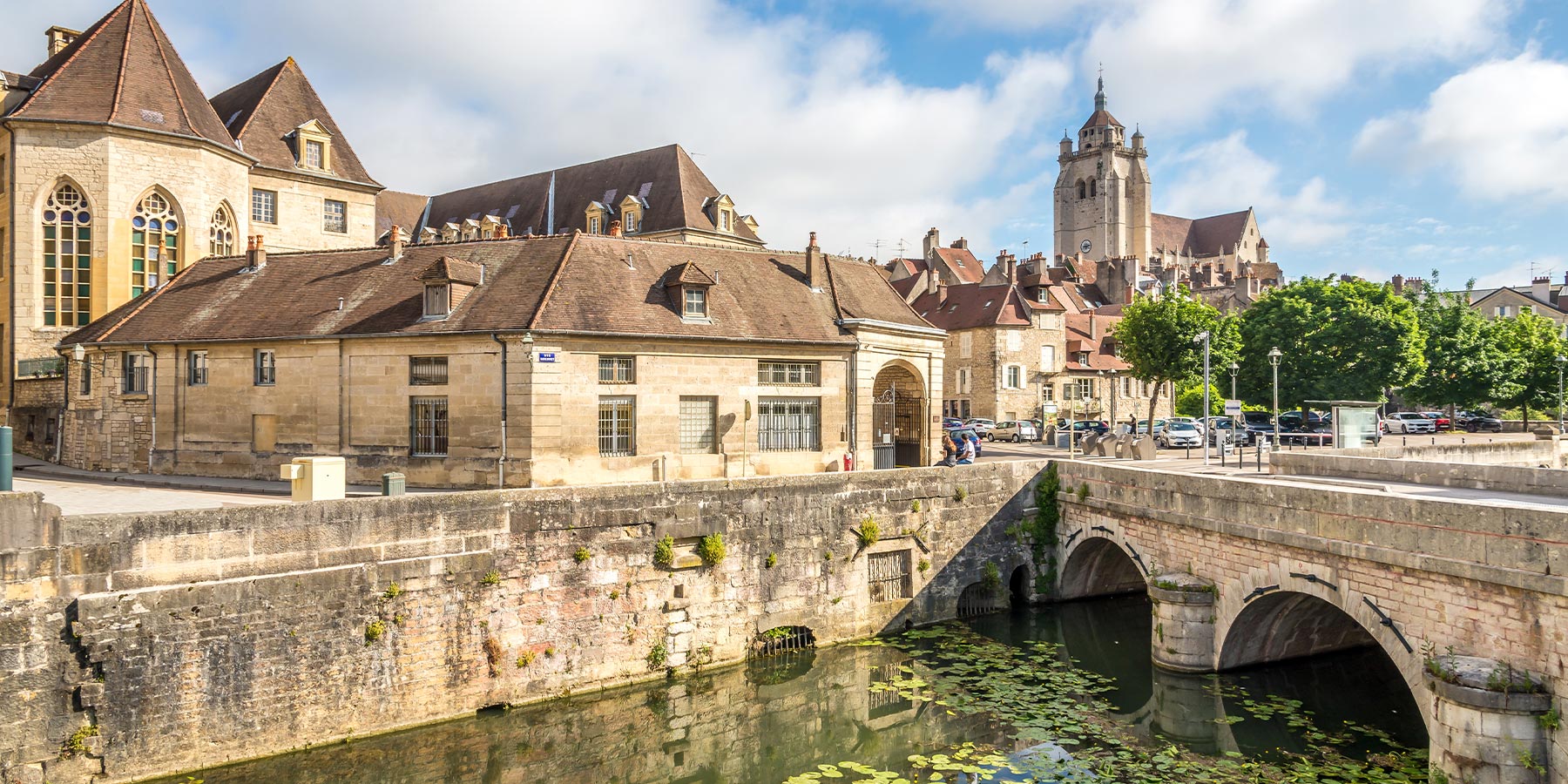
Memorial to the 14th Tank Regiment of the Canadian Army

This point of interest is available as audio on the tour: Visit Dieppe, Against wind and tide
In Normandy, there is not just one type of tourism to attract visitors: in fact, there are several types such as cultural, green, seaside and religious tourism. Not to mention the unmissable remembrance tourism so dear to the region. We thought honoring one of Dieppe’s most important commemorative sites was more fitting, rather than simply listing it alongside other touristic attractions. We are of course talking about the memorial to the 14th Tank Regiment of the Canadian Army, which commemorates the courage and commitment of men who took part in the tragic ‘ Jubilee Operation’. This military chapter, rarely mentioned in history books, is in fact one of the darkest of World War II in France. Here are some of the key events. Towards 1942, the Germans who had been winning on all fronts were extending their grip over a large part of Europe. Aware of this growing threat, the Allies were planning a large-scale operation along the French coast to weaken the enemy’s military defence system from the west. The Allies chose Dieppe as the location for this future attack, despite its rugged landscape and high cliffs. Initially scheduled for 8 July, the offensive was unexpectedly postponed until August 19th 1942, due to unfavourable weather conditions. The code name ‘Rutter’-which had previously been chosen-was replaced by ‘Jubilee’. The Allied forces went into action at around 3am to take the German enemy by surprise. A total of 6,000 soldiers, including 5,000 Canadians and British, 50 American rangers and 15 Free French commandos, dispatched on 150 ships, landed on the Dieppe seafront. Though the initial phases of their mission went according to plan, everything changed when one of the groups came up against a small German convoy coming from the North Sea. Caught in a trap, the Allied army advanced under a hail of bullets and bombardment from the air force. The beach was a scene of desolation. Tanks bogged down and destroyed, men falling dead. The order to retreat was given at 9.35 am and at 1.30 pm the last boat left the coast to head for England. Throughout the battle, 1,197 soldiers died or disappeared, 1,500 were wounded and almost 2,000 were made prisoner, the vast majority of them being Canadians. On a military point of view, Operation Jubilee was an abject failure. From a human perspective, it was a massacre. In the midst of all this misfortune, valuable information on German troops was nevertheless gathered and contributed to the success of the D-Day landings on 6 June 1944, on the beaches of Lower Normandy. This memorial, along with the 19 August 1942 Memorial near Les Tourelles, is now more than ever an everlasting reminder of this historic act of heroism.


Discover Dieppe with app
An interactive guide through the most beautiful streets, squares, and districts
22 fun audioguides full of historical facts, anecdotes, and legends





Comments